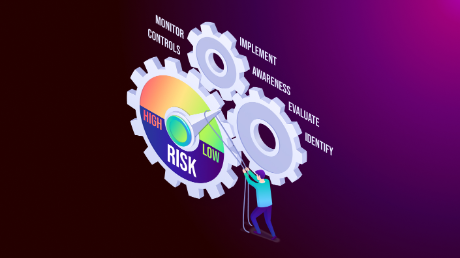
The Unified Payments Interface (UPI) has emerged as one of the most transformative financial innovations in India’s modern economy. Since its launch by the National Payments Corporation of India (NPCI) in 2016, UPI has redefined the way Indians transact—seamlessly combining speed, interoperability, and cost efficiency. At the heart of this revolution lies a powerful engine: strategic bank partnerships, which have unlocked mass access to digital payments across the country.
Unlike earlier payment systems, UPI is not tied to a single institution or wallet. Instead, it leverages an open banking model where banks act as both issuers and acquirers, enabling customers to use multiple apps—such as PhonePe, Google Pay, Paytm, and others—while transactions are settled directly through their bank accounts. This model ensures interoperability and eliminates the friction traditionally associated with digital payments.
The role of banks has been critical. By integrating with UPI, both public and private sector banks have extended digital transaction capabilities to millions of customers, including those in semi-urban and rural areas. UPI’s design allows even small regional banks to participate, democratizing access to digital finance. These partnerships have made real-time peer-to-peer (P2P) and peer-to-merchant (P2M) transactions possible, fueling explosive growth in adoption.
The results have been staggering. India now processes billions of UPI transactions monthly, surpassing credit and debit card usage combined. This mass adoption reflects more than convenience; it represents a deep shift toward financial inclusion. UPI has become a lifeline for small merchants, street vendors, and rural communities who previously relied on cash. With only a smartphone and a bank account, individuals can now engage in the digital economy at virtually no cost.
The success of UPI’s bank partnerships also lies in its collaborative governance model. The NPCI, Reserve Bank of India (RBI), and participating banks have worked together to set standards, ensure security, and maintain reliability. This coordination has built public trust, a crucial ingredient in any financial innovation. UPI’s two-factor authentication and real-time fraud monitoring systems have further bolstered confidence.
From an economic perspective, UPI has reshaped the payments ecosystem by reducing dependence on cash, lowering transaction costs for businesses, and encouraging digital entrepreneurship. Banks benefit from increased customer engagement and the ability to cross-sell financial products, while fintech partners leverage UPI rails to innovate user-friendly apps and services.
Challenges remain, however. Banks face rising operational costs to handle transaction surges, and concerns about data privacy, cybersecurity, and fraud prevention continue to evolve. There is also growing debate over whether UPI should introduce monetization mechanisms, given that it currently operates as a near-zero-cost system for users and merchants.
Nevertheless, UPI’s story illustrates how bank–fintech collaboration, underpinned by supportive regulation, can transform an entire nation’s payment landscape. The model is now attracting international attention, with several countries exploring UPI-inspired frameworks or partnerships with India to replicate its success.
In conclusion, UPI’s bank partnerships have unlocked mass digital access in India, propelling the country toward a more inclusive, cashless economy. As India continues to scale UPI domestically and abroad, it stands as a case study in how coordinated innovation, regulatory foresight, and banking collaboration can drive systemic change in financial ecosystems.

Jessica Wright
Junior Editorial
Email: jessica.wright@theempiretimes.org
All stories by : Jessica Wright



















3 Comments
Ruth M. Reed
August 29, 2025 at 8:24 pmClear and timely analysis—this really helps make sense of recent market movements.
ReplyPhillip C. Baker
July 21, 2025 at 10:44 pmImpressive to see how much Big Tech is investing in R&D this year. 2025’s shaping up to be a turning point.
ReplySarah T. Coleman
July 11, 2025 at 14:44 pmGreat coverage on U.S. AI policy—finally some clarity for global investors.
Reply